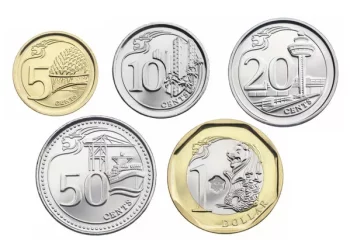The Indian Rupee (INR) is consolidating within a narrow range on Tuesday, following a significant decline to a new closing low in the previous session. The INR is under pressure from rising US Treasury bond yields and the weakness of the Chinese Yuan, while India’s widening merchandise trade deficit in November adds to the currency’s challenges. Despite these factors, any major depreciation of the INR may be capped, as the Reserve Bank of India (RBI) is likely to intervene by selling USD through state-owned banks to limit excessive volatility.
Market participants are awaiting the release of US November Retail Sales later on Tuesday, with broader attention focused on the US Federal Reserve’s interest rate decision on Wednesday. Fed Chair Jerome Powell’s press conference and the updated economic projections will also be closely scrutinized for new market drivers.
In domestic data, India’s Wholesale Price Index (WPI) inflation eased to a three-month low of 1.89% in November, down from 2.36% in October, which was below the expected 2.2%. Meanwhile, the India Manufacturing Purchasing Managers Index (PMI) improved to 57.4 in December from 56.5 in November, and the Indian Services PMI rose to 60.8 from 58.4. The Composite PMI also showed strong growth, jumping to 60.7 from 58.6, suggesting continued economic expansion.
Global economic data added mixed signals, with the US S&P Global Composite PMI rising to 56.6 in December from 54.9, driven by strong Services PMI, which climbed to 58.5. However, the Manufacturing PMI eased to 48.3, reflecting contraction in the sector.
Technically, the USD/INR pair remains bullish in the longer term, holding above the key 100-day Exponential Moving Average (EMA) on the daily chart. The 14-day Relative Strength Index (RSI) stands near 68.35, suggesting continued support for buyers in the short term. The psychological level of 85.00 remains a tough resistance point, with sustained bullish momentum possibly pushing the pair towards 85.50. On the downside, key support is seen at 84.80, the lower boundary of the current trend channel, with further downside risks emerging if the pair breaches 84.22, the November 25 low.
Related Topics:



























